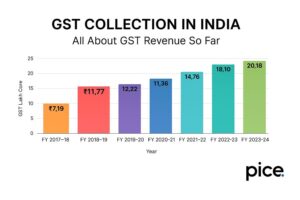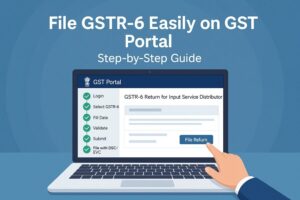All About Proforma Invoice Under GST
- 18 Nov 24
- 10 mins
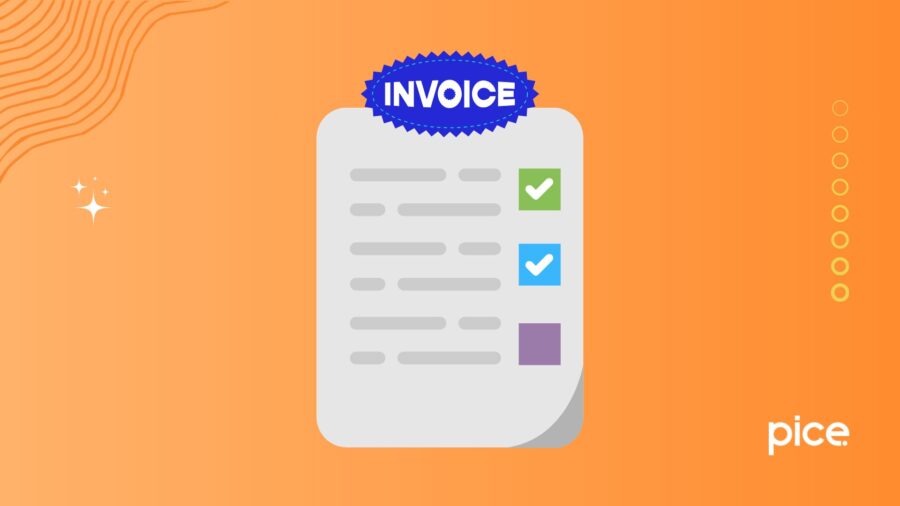
All About Proforma Invoice Under GST
- Meaning of Proforma Invoice
- When Is Proforma Invoice Used?
- Legal Framework of Proforma Invoices Under GST
- Purpose of Issuing Proforma Invoice
- Contents of Proforma Invoice
- Format of Proforma Invoice
- Significant Changes in Proforma Invoice Under GST as Compared to Pre-GST Proforma Invoice
- Differences Between Invoice, Proforma Invoice, Estimates and Purchase Order
- Conclusion
Key Takeaways
- Pro forma invoices provide an estimated overview of goods or services before a transaction.
- They ensure transparency and clarity in trade, especially under GST compliance.
- Essential for international trade, aiding customs clearance and negotiation.
- Clearly marked as non-binding, proforma invoices outline key transaction details.
- They bridge communication between buyers and sellers, reducing potential disputes.
In business transactions, invoices are essential for recording the transfer of goods and services. While the standard commercial invoice is well-known, a different document commonly utilised in the initial phases is the proforma invoice.
In this blog, you will learn the concept of proforma invoice under GST law along with other important details.
Meaning of Proforma Invoice
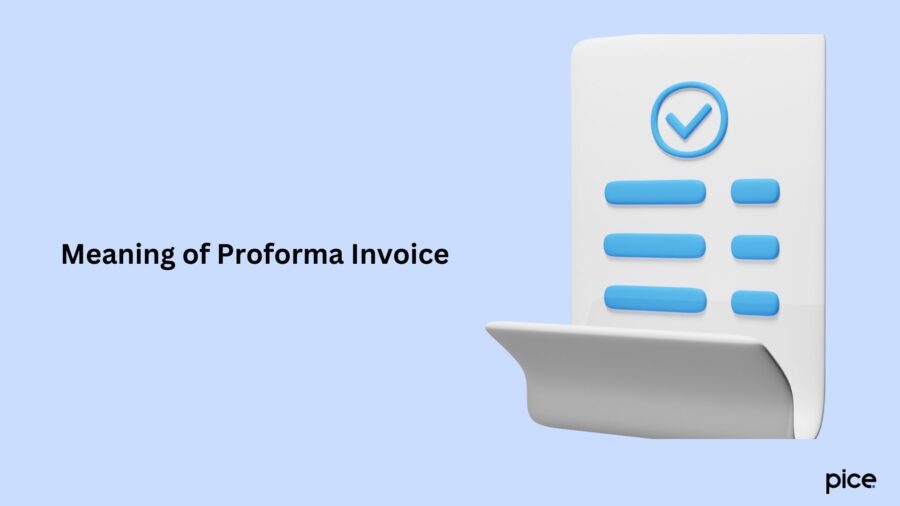
It is a document that outlines the details of the goods or services yet to be provided to the buyer or customer. This invoice type offers an estimated cost of the available items or services and includes information such as commissions, applicable taxes, shipment weight and shipping charges. Suppliers or retailers issue this invoice in response to an inquiry from a potential buyer or customer.
The following are the benefits of a proforma invoice:
- It provides a detailed overview of transaction terms prior to the delivery time of goods or services, helping to avoid misunderstandings between buyers and sellers.
- Businesses can utilise pr forma invoices for effective financial management, laying a foundation for improved budgeting by detailing expected expenses and income.
- Proforma invoices enable sellers to propose specific payment terms before transactions occur, allowing for the negotiation of favourable arrangements.
- In the context of international trade, proforma invoices aid in customs clearance by offering detailed shipments that ensure smooth import and export operations.
- Proforma invoices can be used as documentation to secure financing or credit, fulfilling lenders' requirements for proof of a pending transaction.
- Both buyers and sellers use proforma invoices to reduce risks. Buyers can evaluate potential costs before making a commitment, while sellers gain confidence in the buyer's genuine interest.
- Although not legally binding, proforma invoices provide some level of legal protection. In case of disputes, they can serve as evidence of the terms agreed upon prior to the actual transaction.
When Is Proforma Invoice Used?
A proforma invoice is prepared before a sale takes place. For instance, if a customer asks for a document detailing goods or services yet to be provided, the supplier will issue a proforma invoice. It is generally sent out before a tax or commercial invoice is generated.
The final invoice amount typically matches or comes close to the figure listed on the proforma invoice. These invoices are often used in imports or exports to facilitate smooth customs clearance and delivery.
For instance, a customer who wants to purchase a two-wheeler will agree with the price mentioned in the proforma invoice. Once the bike is produced the supplier shall bring it and the customer will only pay on the final invoice at the delivery.
Legal Framework of Proforma Invoices Under GST
The inability to define the issuance of proforma invoices under GST entails an appreciation of the laws and legislation that cover the issuance of preliminary bills. Here is an in-depth overview:
- Legal Guidelines for Proforma Invoices
The GST legal structure contains certain rules concerning the correct usage of proforma invoices in commercial activity. These guidelines allow the usage of these preliminary documents to be compatible with the overlying tax guidelines.
- Advance Payments and GST Liability
When advance payments are made based on a proforma invoice, businesses must adhere to legal guidelines concerning how GST applies to these payments. However, full tax liability is generally triggered by the issuance of the actual tax invoice once the supply is completed.
- International Transactions and Legal Compliance
For businesses engaged in international trade, it is essential to ensure that proforma invoices meet legal requirements related to both exports and imports, including compliance with GST regulations relevant to cross-border transactions.
- Claiming Input Tax Credit (ITC)
The legal framework outlines the conditions under which businesses can claim Input Tax Credit. Typically, ITC can be claimed only when the actual tax invoice is issued and the goods or services are supplied, aligning with the legal principle that credits should be claimed when the recipient is liable to pay the tax.
- Documentation and Record-Keeping
To comply with legal requirements, businesses need to keep extensive records of proforma invoices. This documentation should also contain some basic details like the GSTIN of the supplier and the receiver, description of the supplied goods or services and taxes.
Purpose of Issuing Proforma Invoice
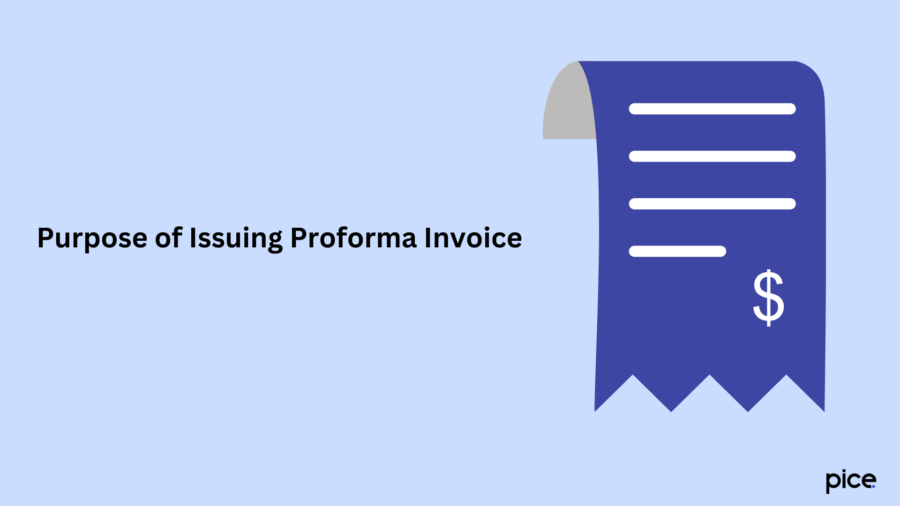
When a customer wants information about some goods or services that he has not received, a proforma invoice is raised. It serves as a preliminary price estimate and provides additional details regarding the product or service before the actual transaction takes place. This document is especially important for ensuring smooth processes in exports and imports.
Key purposes and uses of a proforma invoice include:
- Export and Import: Proforma invoices clear some aspects of trade transactions such as currency, currency exchange rate and other vital features of international business.
- Custom Duty Calculations: When goods cross borders, the proforma invoice is used to calculate costs of custom duties in reference to all trade aspects specified in the agreement.
- Clarification and Contact Details: It acts as a communication tool between the seller and buyer, providing detailed contract information. The seller can also use it as a reference when creating the final invoice.
Contents of Proforma Invoice
The following are the different information a proforma invoice should include:
- A unique invoice number
- Date of the invoice
- Both seller and buyer details (including GSTIN, if applicable)
- Proforma invoice validity period
- Proposed terms of sale and payment, if applicable
- Subtotal before taxes or any deductions
- Information on discounts, if applicable
- Applicable taxes and any deductions
- Total amount payable by the customer
- Any certifications required by Customs Authorities
- Signature from an authorized representative of the supplier
- Any additional information the seller deems necessary to communicate to the buyer
Format of Proforma Invoice
There is no specific legal requirement for the proforma invoice format, but it is issued as part of standard business practices. A proforma invoice can closely resemble a commercial invoice, but it must be clearly marked as 'proforma' and may include a statement such as 'This is not a GST invoice'. Since the proforma invoice is just an estimate, no payment should be made until the work is completed and the final tax invoice has been issued.
Significant Changes in Proforma Invoice Under GST as Compared to Pre-GST Proforma Invoice
The format and content in proforma invoices under both pre-GST and GST laws are quite similar, with only a few differences:
- A GST pro forma invoice includes the GST registration number, whereas the earlier version contained VAT, CST or Sales Tax registration numbers.
- Additionally, the same contains HSN codes for goods and SAC codes for services in the GST pro forma invoice.
- Classification under GST is also described, which specifies whether it is an SGST, CGST or IGST in case of intrastate supply or interstate supply respectively.
Differences Between Invoice, Proforma Invoice, Estimates and Purchase Order
The following table shows the difference between invoices, proforma invoices, estimates and purchase orders:
| Parameters | Invoice | ProForma Invoice | Estimates | Purchase Order |
| Meaning | It is a commercial document that a supplier gives to the buyer, containing the specifics of the goods or services provided and serves as a notice that payment is due. | It is a document that the supplier provides to the buyer, outlining details about the goods or services that are yet to be delivered. | It is an official estimate outlining the required goods or services and the total cost associated with them. | It is a document that the supplier sends to the buyer, listing the goods or services the buyer intends to purchase. |
| Goal | To inform the buyer that payment is required | To assist the buyer in deciding whether to proceed with an order | To present an estimated price for goods not yet delivered | To request goods and/or services from the supplier |
| Importance | It allows businesses to collect payments and track incoming transactions. | It provides the customer with a clear understanding of what to anticipate from an order. | It offers customers comprehensive details about the products or services available. | It assists businesses in handling orders, budgeting and setting expectations. |
| Generated when | It is created before the supplier receives payment. | It is generated prior to delivering goods or services to the buyer. | It is issued upon the buyer's request before the goods or services are delivered. | It is provided after receiving a pro forma or quotation from the supplier. |
| Issued By | Supplier | Supplier | Supplier | Buyer |
| Issued To | Customer or buyer | Customer or buyer | Customer or buyer | Supplier |
| Negotiability | Non-negotiable | Negotiable | Negotiable | Not relevant |
| Consequence After Acceptance | Sale confirmation | Initiation of sale | Establishment of sale | Agreement of sale |
Conclusion
Proforma invoice under GST is a prerequisite to trade and helps in maintaining transparency for business transactions. It plays an important role in understanding the details of the transactions, thus helping to create proper business processes.
In the end, they are valuable for GST systems and facilitate increased comprehensibility for buyers and selling organisations.
💡If you want to streamline your payment and make GST payments, consider using the PICE App. Explore the PICE App today and take your business to new heights.
 By
By 






